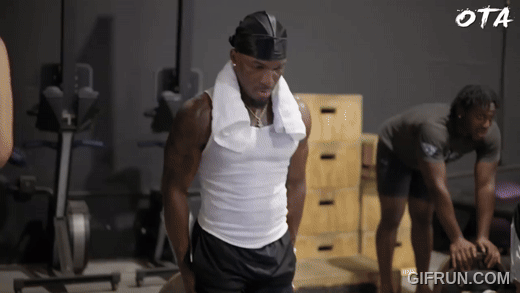Parents and coaches listen up.
Just because your athlete doesn’t have access to a gym or fancy equipment doesn’t mean they can’t build strength, speed, and injury resilience. At Overtime Athletes, we train pros year-round, but these seven bodyweight exercises are the exact kind of foundation every young athlete should be building, especially if they’re in middle school, high school, or just starting to train seriously.
These movements develop coordination, lower body strength, and body awareness without the need for weights. And if your kid’s goal is to be faster, stronger, or just more resilient on the field? This is where it starts.
1. Isometric Split Squat Hold
A staple in our programming. We’re training not just strength but intentional muscle activation.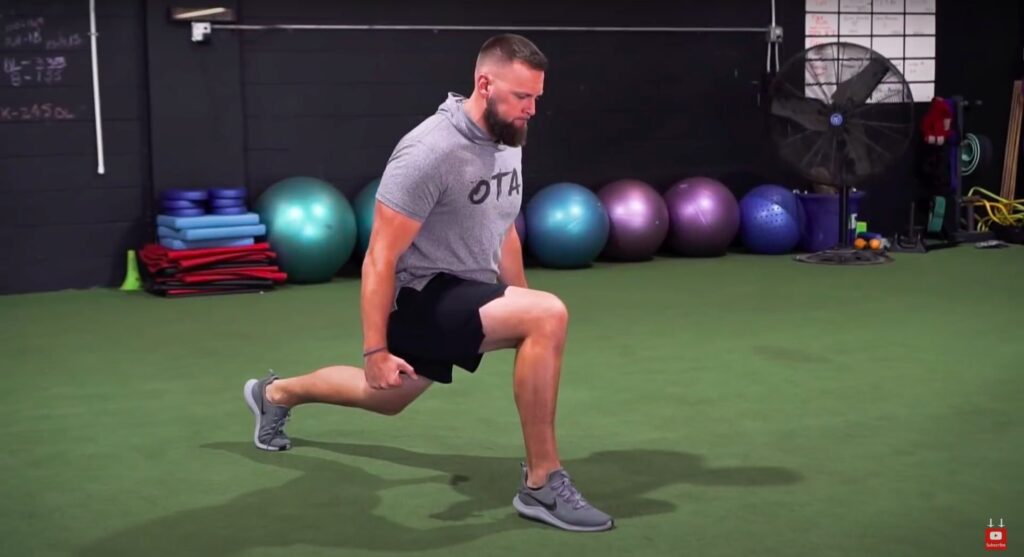
- Deep split squat position
- Hips level with knees
- Pull both legs together like scissors, creating full-body tension
Why it matters: Builds control, joint stability, and early strength patterns.
2. Rear-Foot Elevated Isometric Hold (Bulgarian Split Hold)
Next step up from the split squat.
Rear foot on a bench, hold that deep lunge and pull your thighs toward each other.
This isn’t a stretch, it’s a test of strength.
Why it matters: Builds unilateral strength and challenges balance. Great for knees and hips.
3. Chinese Plank (Posterior Chain Iso Hold)
Posterior chain (glutes + hamstrings) is tough to hit without weights but this is a gamechanger.
Athletes extend between two benches, holding a “bridge” position. Want to crank it up? Raise one leg.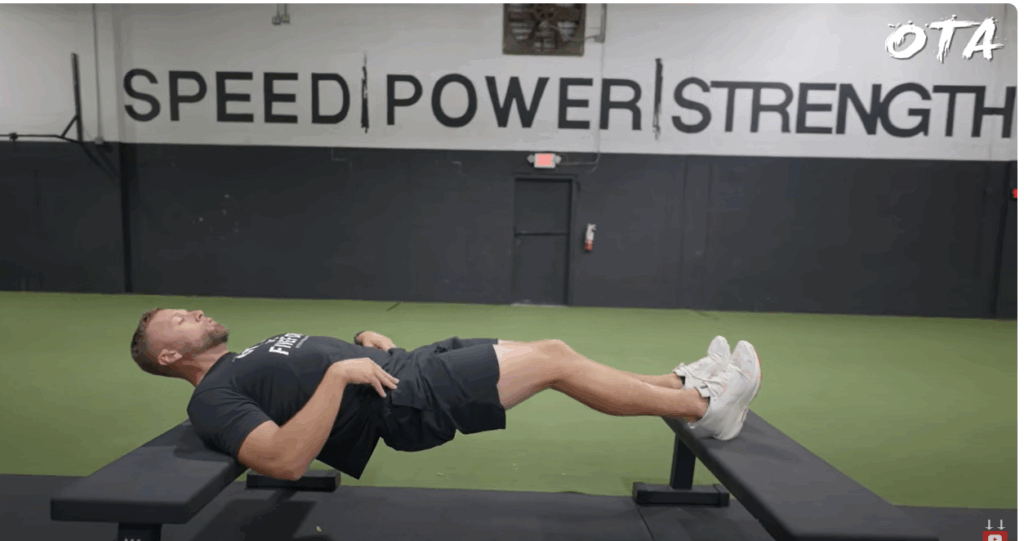
Why it matters: Teaches hamstrings and glutes to fire together which is key for sprinting and injury prevention.
4. Iso Step-Down
Stand on a box or bench. Sink low into one leg, keep heel down, and touch the opposite foot to the ground without bouncing or losing position.
Why it matters: Targets the VMO and stabilizers around the knee. Critical for athletes prone to knee pain or poor squat mechanics.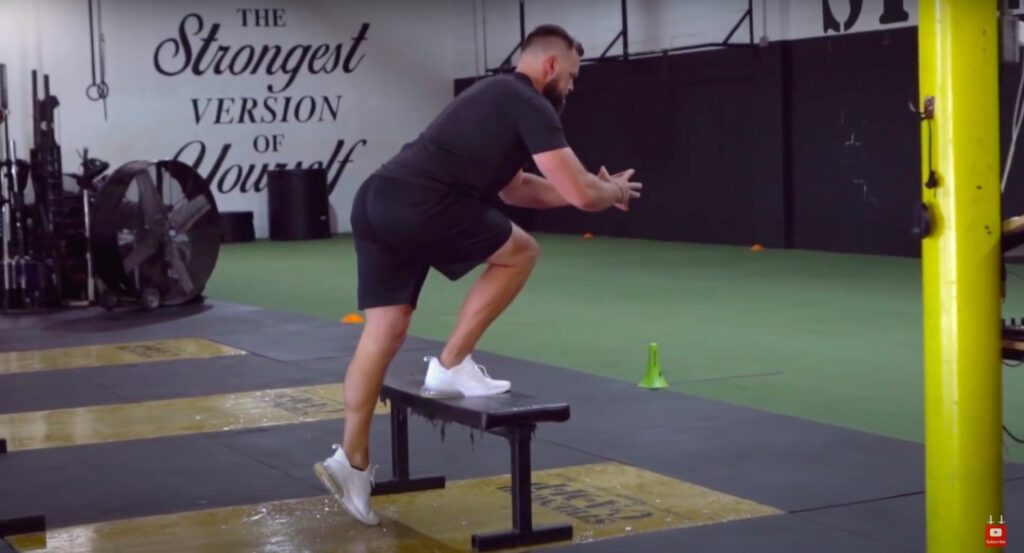
5. Dorsiflexed Eccentric Step-Down (Del Step-Down)
Now we’re training the full range of motion. Control the lowering phase slowly, tap the ground, then power back up.
Bonus: Add a crossover variation for even more coordination and balance work.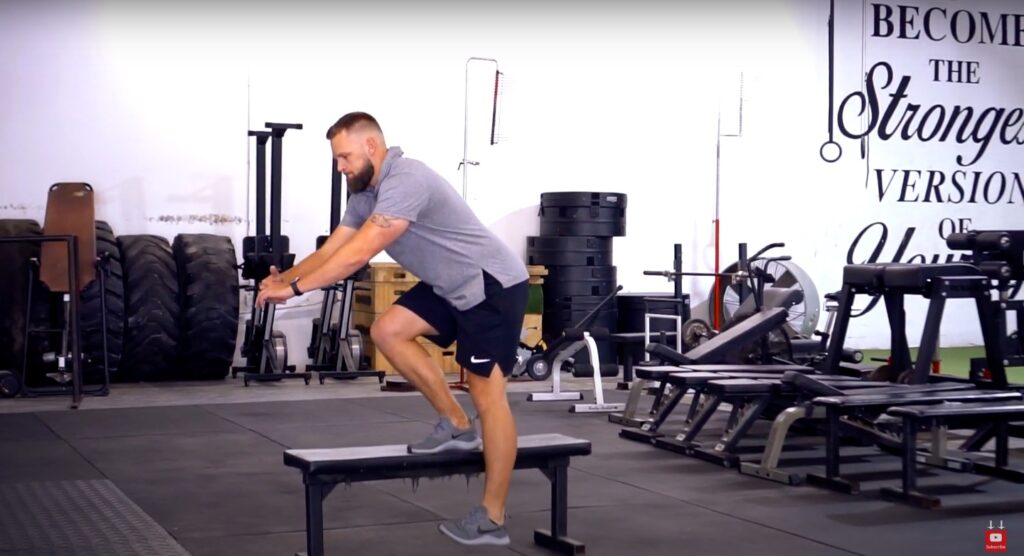
Why it matters: Builds eccentric strength that is essential for deceleration, jumping, and knee health.
6. Curtsy to Lateral Lunge
A two-part move that trains the frontal plane and often neglected in young athletes.
- Step back diagonally (curtsy)
- Then big step sideways (lateral lunge)
- Stay square and controlled throughout
Why it matters: Helps prevent groin injuries and teaches directional control on the field.
7. Side Plank to Hip Abduction
Simple setup, killer burn. Start in a side plank, lift the top leg while holding form. No sagging hips.
Why it matters: Activates glutes and builds core 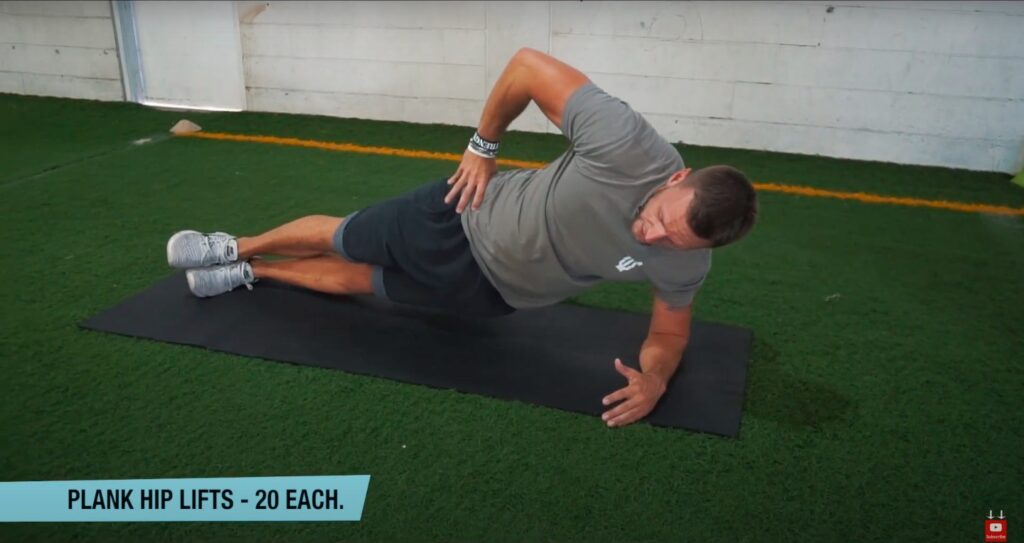 lateral strength a key component for change of direction and balance.
lateral strength a key component for change of direction and balance.
BONUS: Nordic Hamstring Curl
No machine? No problem. This is the gold standard for hamstring strength.
- Have a partner hold the athlete’s ankles
- Slowly lower forward, catch with hands, reset

- Keep hips extended, lead with the chest
Why it matters: Proven to reduce hamstring and ACL injuries. We use it all season.
Final Message for Parents & Coaches:
This is the foundation whether your athlete is chasing a scholarship, aiming for varsity, or simply to learn how to move well.
No weights? No problem.
No access to a gym? Still no excuses.
Mastering these seven movements will not only help your athlete move better but perform better. Think faster sprint times, stronger cuts, more resilient joints.
Make sure these are part of your athlete’s training toolbox.
If you’re a coach looking for full programming that builds from this foundation, or a parent who wants to learn how to support your child’s development reach out to us at Overtime Athletes. We have your back.
